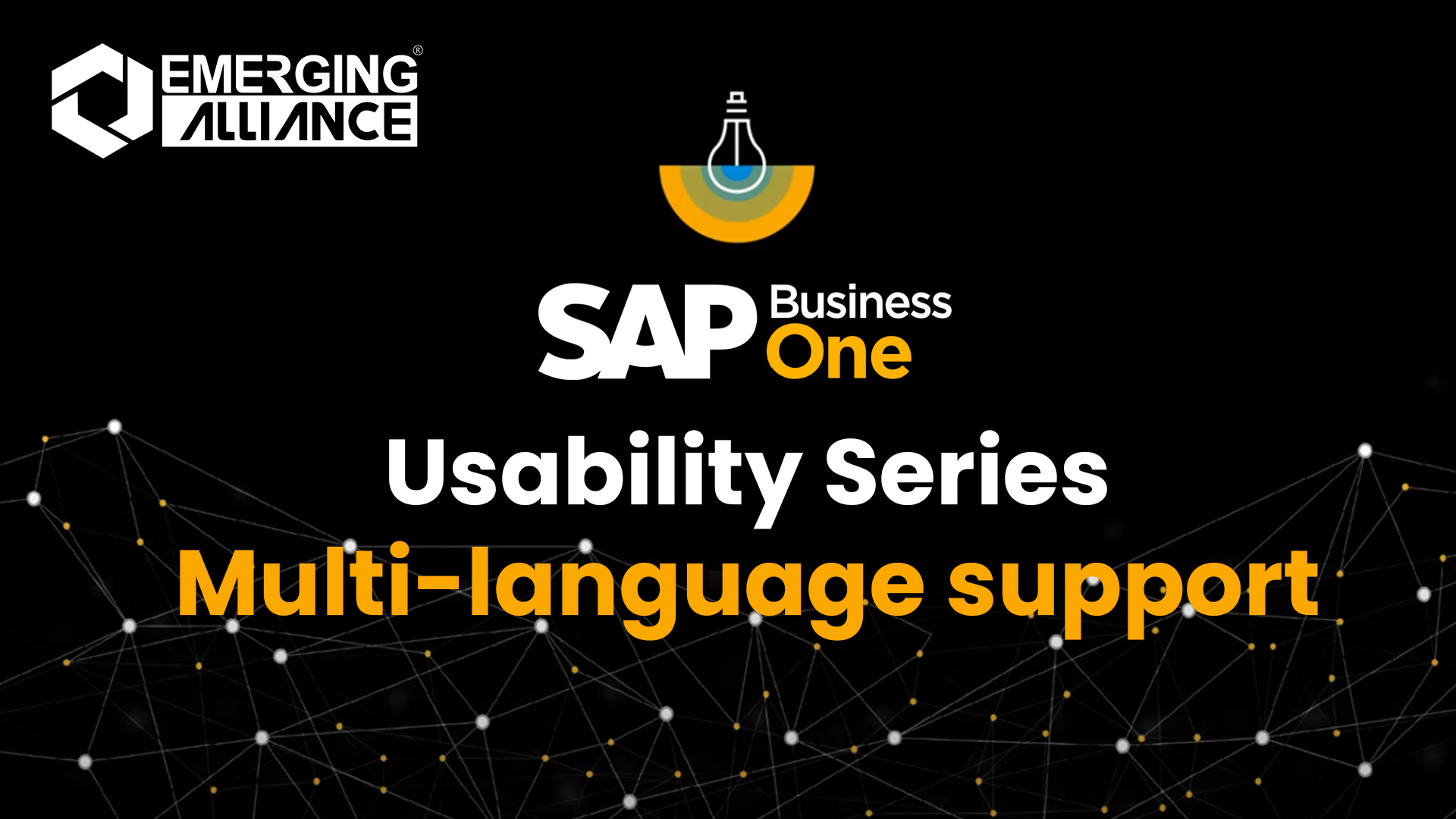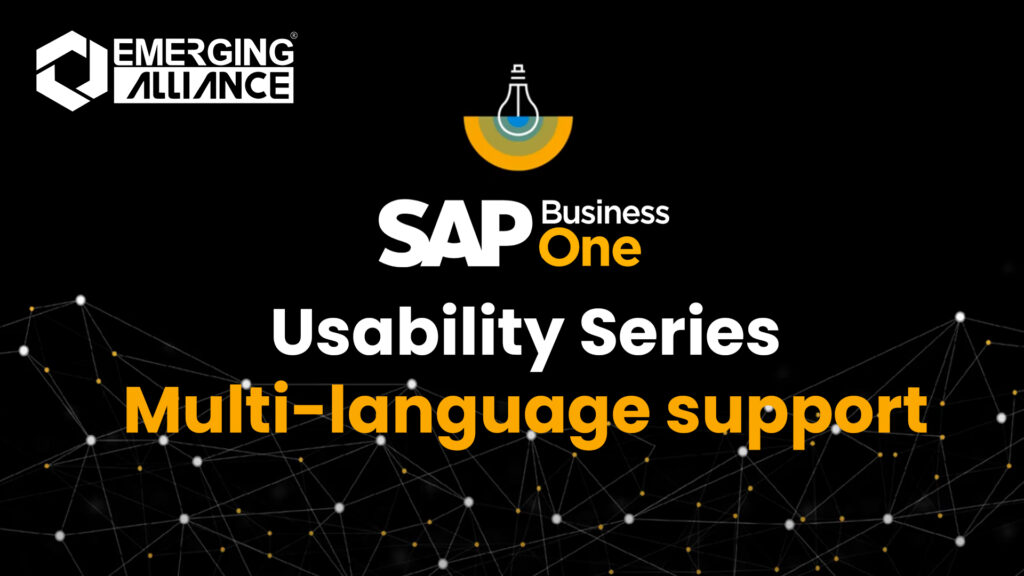
SAP BUSINESS ONE USABILITY SERIES – MULTI-LANGUAGE SUPPORT

Automated systems with flexible communication
Welcome to the SAP Business One usability series on multi-language support. SAP Business One offers 27 languages across 44 different localizations. There are organizations that require multi-language support in one system whereby you can define the languages your organization requires when dealing with foreign business partners, for example. The multi-language support option needs to be initialized first and to do this, we navigate to administration, system initialization, company details, and under the basic initialization tab, we ensure that the multi-language support checkbox is ticked. Let’s now have a look at the language setup window.
In addition to the default languages set up by SAP Business One during the creation of your system, you can define additional languages and relate each one with a system language in SAP Business One and this may be relevant when working with a particular language dialect in your region. You can also translate objects when working with foreign business partners. So for example, let’s open up the item master data. We have selected a printer item. Now if we navigate to view indicate display and then select translatable fields, a little translatable icon will appear against all the fields that can be translated. So if I click on this icon in this particular description field, we can see that the description field item description has been translated into the language Japanese. You can also translate it into other languages as well. Let’s create a sales order for my Japanese foreign-based customer called Takashi electrics. I select my customer and the item they would like to purchase. By navigating to view and selecting translated values, all the values and field names that have been translated will then appear. When the field values are translated, the translations can then be used later by multi-language support for displaying and printing documents especially for foreign business partners to support their own language.
Get started today.







